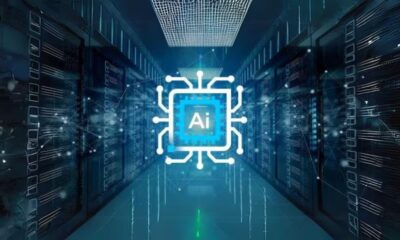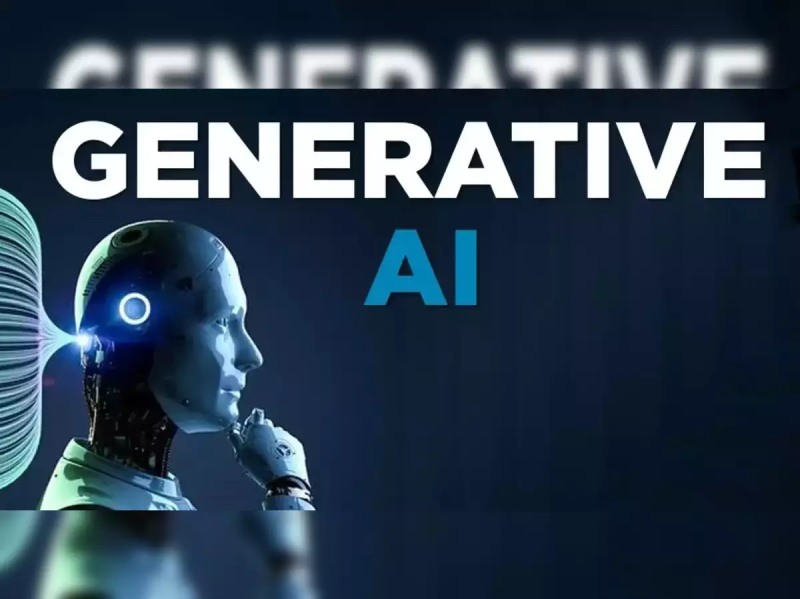The amalgamation of edge computing and artificial intelligence holds the potential to revolutionize numerous industries. In this case, the quick development of model quantization—a method that increases portability and decreases model size to enable faster computation—is crucial.
When paired with appropriate methods and tools, edge AI has the potential to completely change how we interact with data and data-driven applications.
Why does AI edge?
Bringing data processing and models closer to the point of data generation—that is, to a remote server, tablet, IoT device, or smartphone—is the goal of edge AI. This makes real-time, low-latency AI possible. By 2025, deep neural networks will analyze more than half of all data at the edge, predicts Gartner. This paradigm change will have several benefits.
Decreased latency:
Edge AI eliminates the need to send data back and forth to the cloud by processing data directly on the device. Applications that need quick responses and rely on real-time data must take this into consideration.
Decreased complexity and costs:
Sending information back and forth doesn’t require costly data transfers when data is processed locally at the edge.
Data stays on the device, minimizing security risks related to data transmission and data leakage. This preserves privacy.
Improved scalability:
Applications can be scaled more easily without depending on a central server for processing power thanks to the decentralized strategy with edge AI.
Manufacturers can integrate edge AI, for instance, into their defect detection, quality control, and predictive maintenance procedures. Manufacturers can better utilize real-time data to decrease downtime and enhance production processes and efficiency by implementing AI and locally analyzing data from smart machines and sensors.
Model quantization’s function
AI models must be optimized for performance without sacrificing accuracy in order for edge AI to be successful. AI models are growing larger, more complex, and more intricate, which makes them more difficult to manage. This makes it difficult to deploy AI models at the edge, since edge devices frequently have low resources and are unable to support these kinds of models.
Model quantization makes the models lighter and more appropriate for deployment on resource-constrained devices like mobile phones, edge devices, and embedded systems by reducing the numerical precision of the model parameters (from 32-bit floating point to 8-bit integer, for example).
Three methods—GPTQ, LoRA, and QLoRA—have surfaced as possible game-changers in the field of model quantization:
Models are compressed as part of GPTQ after training. When deploying models in settings with constrained memory, it works perfectly.
Large pre-trained models must be adjusted for inferencing in LoRA. In particular, it adjusts the smaller matrices (called LoRA adapters) that comprise the large matrix of a model that has already been trained.
Using GPU memory for the pre-trained model makes QLoRA a more memory-efficient choice. When modifying models for new tasks or data sets with limited computational resources, LoRA and QLoRA are particularly helpful.
The particular requirements of the project, whether it is in the deployment or fine-tuning phase, and whether it has the computational resources available all play a significant role in the method selection. Developers can effectively push AI to the limit by utilizing these quantization techniques, striking a balance between efficiency and performance—a crucial aspect for many applications.
Edge platforms and use cases for AI
Edge AI has a wide range of uses. The possibilities are endless: wearable health devices that identify abnormalities in the wearer’s vitals; smart cameras that process images for rail car inspections at train stations; and smart sensors that keep an eye on inventory on store shelves. For this reason, IDC projects that spending on edge computing will amount to $317 billion by 2028. The edge is changing the way businesses handle data.
Strong edge inferencing databases and stacks will become more and more in demand as businesses realize the advantages of AI inferencing at the edge. These platforms offer all the benefits of edge AI, including lower latency and increased data privacy, while also facilitating local data processing.


 Business4 weeks ago
Business4 weeks ago
 Business4 weeks ago
Business4 weeks ago
 Business4 weeks ago
Business4 weeks ago
 Technology4 weeks ago
Technology4 weeks ago
 Business3 weeks ago
Business3 weeks ago
 Technology3 weeks ago
Technology3 weeks ago
 Business2 weeks ago
Business2 weeks ago
 Technology3 weeks ago
Technology3 weeks ago


